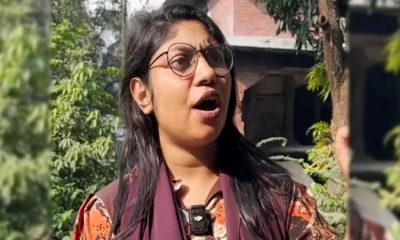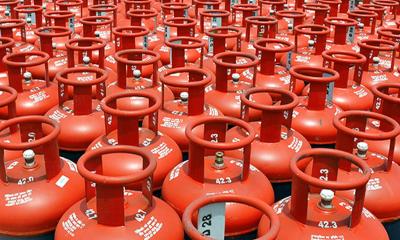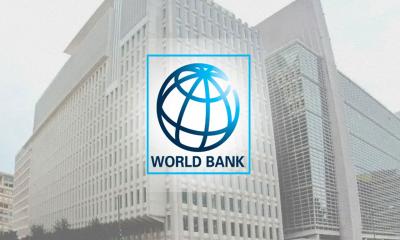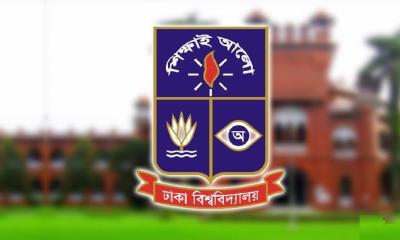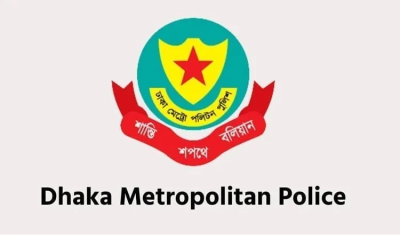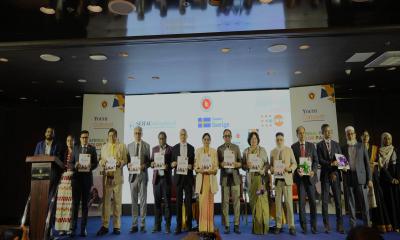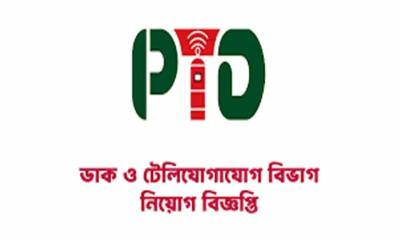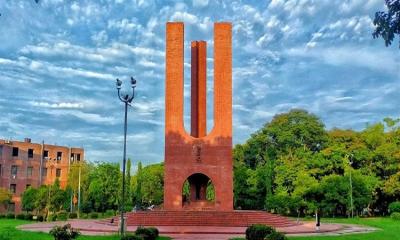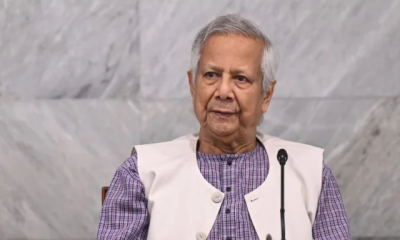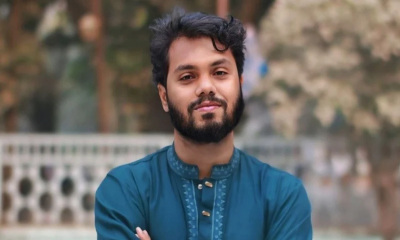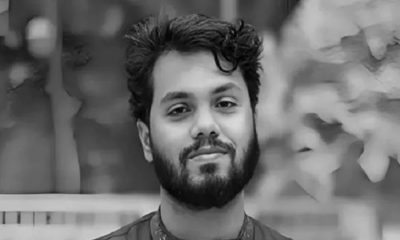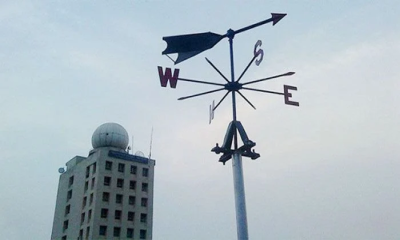At the behest of Tarique Rahman, a number of high profile ministers from BNP-Jamaat led government funded and shielded the infamous militant group known as JMB that later found responsible for the infamous simultaneous bombing in 63 districts across the country in 2005, reveals a number of videos with media reports posted on the facebook page of Bangladesh Awami League.
The videos include media reports exposing the how a notorious criminal Siddiqur Rahman, alias Bangla Bhai, built up now banned militant outfit JMB, that reared ugly head right after BNP Jamaat alliance assumed state power, under direct patronage of state machinery.
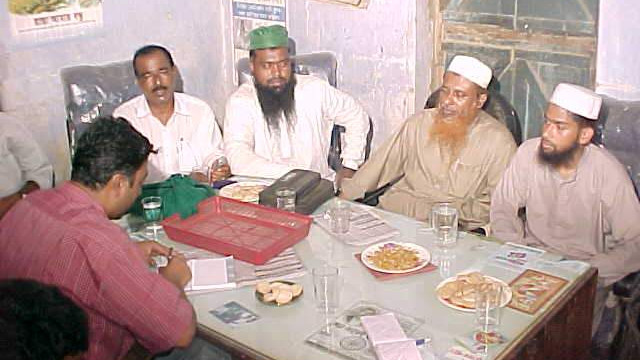
BNP Jamaat government ruled the country between 2001 and 2006.
“Tarique Rhaman, intervened and ensured release of top associate of Bangla Bhai from police custody”, reveals WikiLeaks, “Eight BNP Jamaat politicians and ministers responsible for direct patronage behind rise of militancy”, “Cadres of Bangla Bhai roaming Rajshahi city under police protection”, “AL leaders strangled to death by Bangla Bhai cadres”, “Top militants were released after arrest”, are some headlines of media reports cited in the videos.
Following the blasts, photos of distributed leaflets “we seek to establish Islamic rule for Bangladesh” by the militant group were also featured in the video.
Not only AL leaders and activists, rather screenshots of reports including most of the progressive writers, thinkers and activists were targeted by the militants and came under attack with eminent writer like Humayun Azad and later admitted by the militant group incorporated in the video.
Moreover, another Facebook video reveals, “Despite having knowledge of the series blast beforehand, the top functionary of BNP Jamaat regime remained silent and let the blasts happen. Referring to a series of self-contradictory statements issued by then home minister Lutfur Zaman Babar, known as handpicked by Tarique,-- first admission and then denial of having earlier hint of the blast testified to efforts to protect the militants, the video concluded that despite the entire country was in shock the party in power protected them in a brazen manner”.
Employing militant groups to eliminate popular AL leaders and activists became a signature mark of the BNP Jamaat regime, added another video with reports how AL leaders were attacked with some eliminated by militant groups.
On 21st August grenade attack at AL rally, during that stint, that left at least 24 AL leaders and activists with then opposition leader Sheikh Hasina escaped the assassination attempt with ear injury, another post reads, “that blast was also executed and endorsed by BNP Jamaat backed militant groups”.
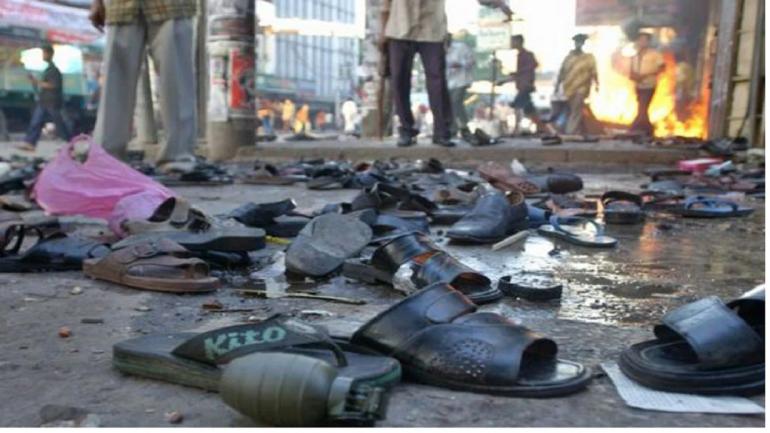
Portraying Tarique Rahman as a symbol of “kleptocratic government and violent politics” in Bangladesh, the US embassy in Dhaka even recommended blocking his entry into the United States.
From 2001-06, a number of international outlets also described the rise of specter of terror as leading analysts like Bertil Lintner describe Bangladesh as the Cocoon of Terror" and Elisa Griswold predict an Afghan style Islamist Revolution (`A cocoon of terror` by Bertil Lintner/Far Eastern Economic Review, Apr 4, 2002. `The Next Islamist Revolution?` by Elisa Griswold/ The New York Times, Jan 23, 2005).
Tarique and his associates including then intelligence officials in Bangladesh held ties with the separatist group United Liberation Front of Asom (Ulfa) Commander-in-Chief Paresh Barua, revealed Major General Gaganjit Singh, former deputy director general of India`s Defence Intelligence Agency, recalling the 2004 10-truck arms and ammunition haul in Chattogram.




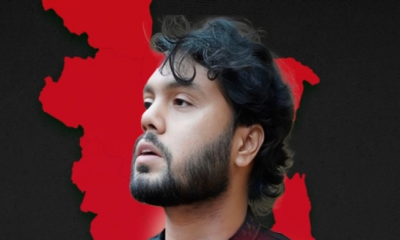
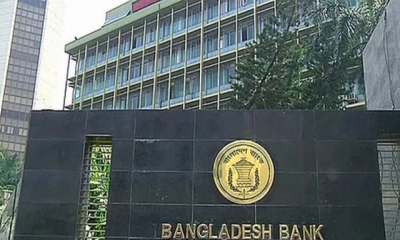
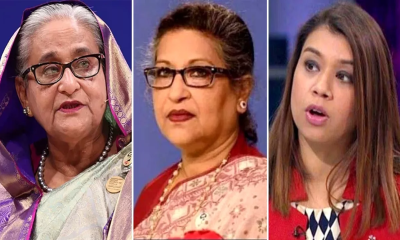
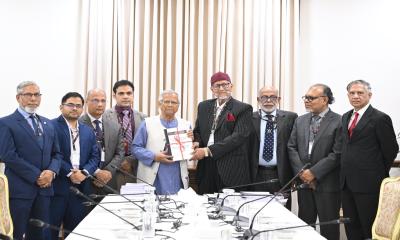
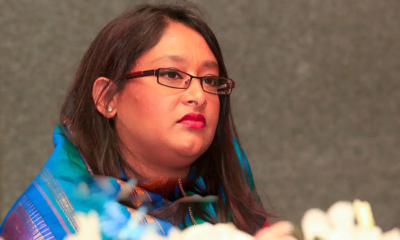
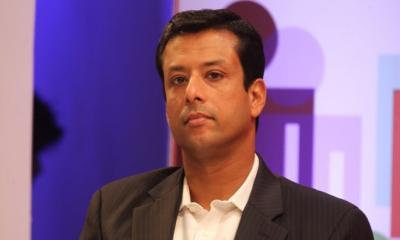
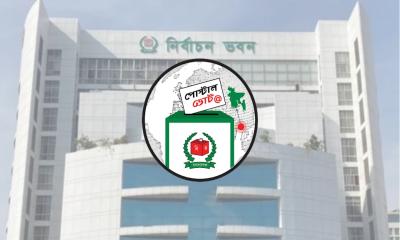
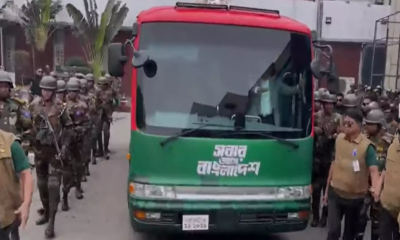

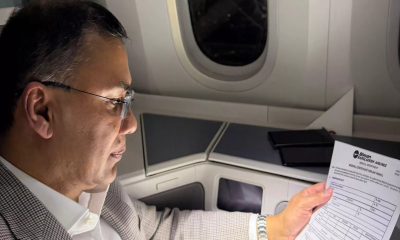
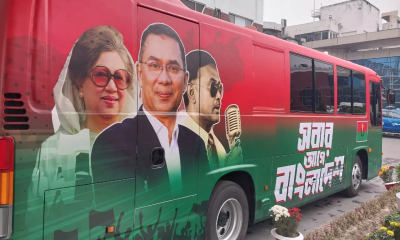
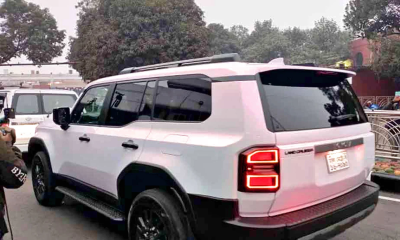

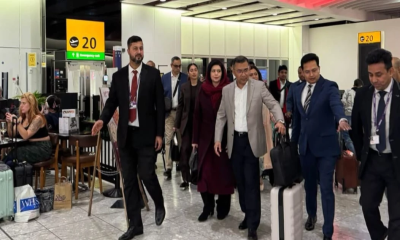


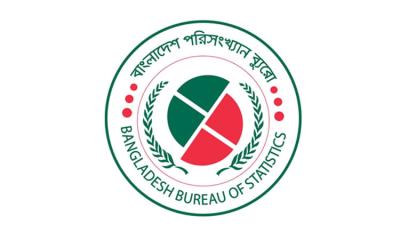
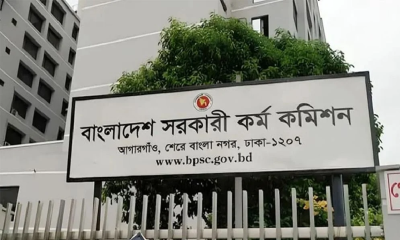

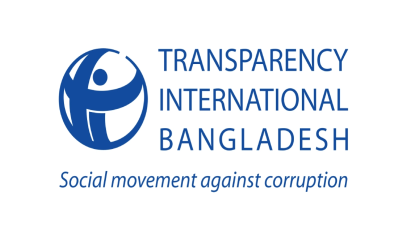
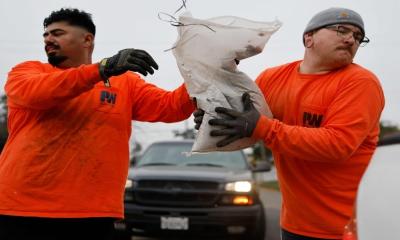

-20251218165258.jpeg)
